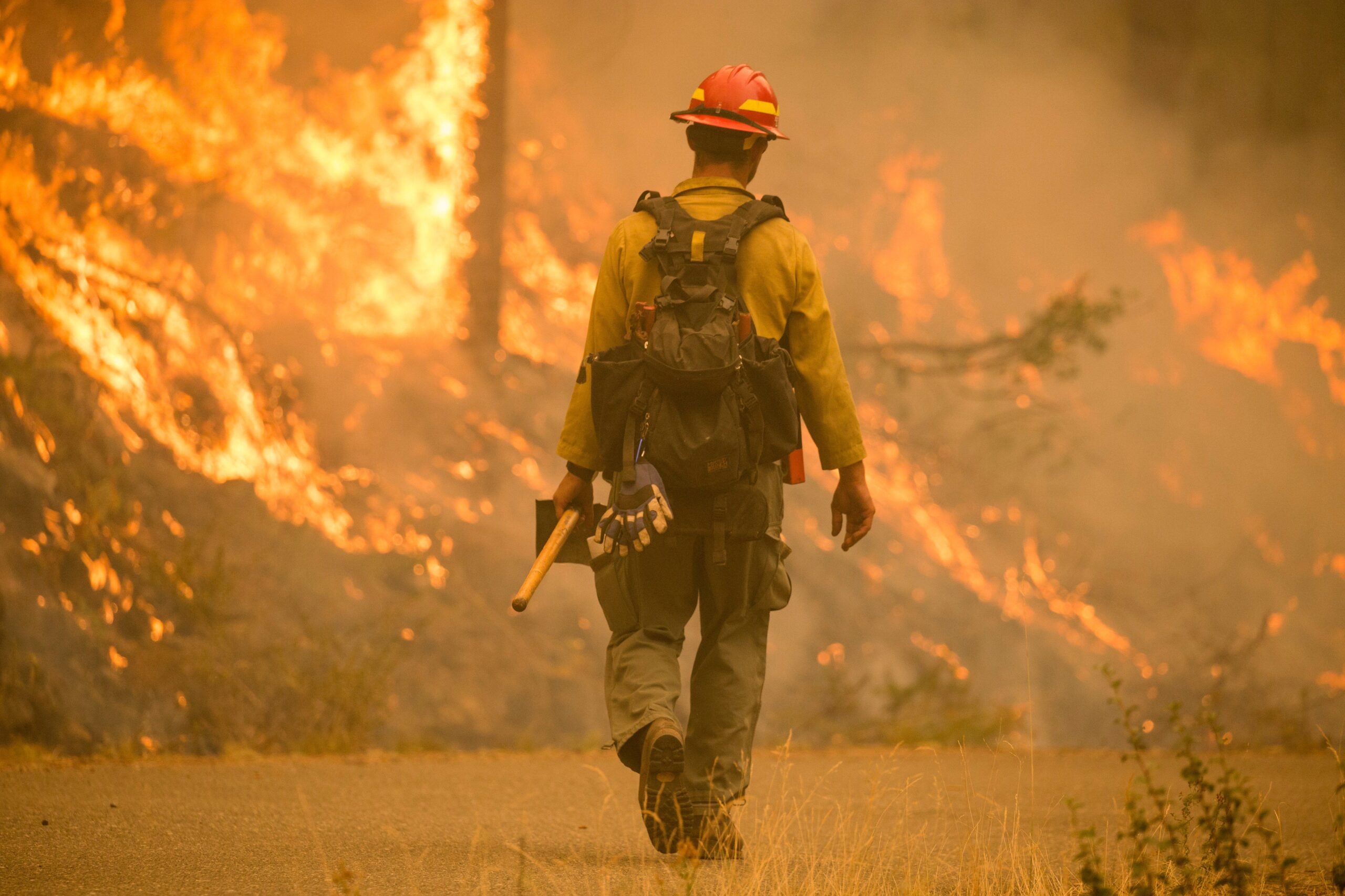Climate justice: A vital lens for disaster philanthropy
UN Secretary António Guterres declared the recently released United Nations Intergovernmental Panel on Climate Change (IPCC) report a “code red for humanity.” In the report, we learn (or confirm) that the recent rate of sea-level rise has nearly tripled compared with 1901-1971 levels, the past five years have been the hottest on record since 1850, […]

UN Secretary António Guterres declared the recently released United Nations Intergovernmental Panel on Climate Change (IPCC) report a “code red for humanity.” In the report, we learn (or confirm) that the recent rate of sea-level rise has nearly tripled compared with 1901-1971 levels, the past five years have been the hottest on record since 1850, and that global surface temperature was 1.09 C higher in the past decade than between 1850-1900.
The findings of the report are alarming. My question is this: How is philanthropy going to answer the cry?
The status quo in philanthropy
A few observations about a prevalent approach to climate funding:
- Many philanthropy serving organizations and funders alike have treated climate and the environment as distinct from disasters – in staffing, funding and topical area. Siloing of these topics has been the norm.
- Data from our annual Measuring the State of Disaster Philanthropy report continues to show that philanthropic response to disasters is largely event-driven and not focused on preventing or mitigating such events.
- A majority of environment and climate change funding goes to mainstream national organizations, while grassroots, climate justice groups – especially those led by people of color – remain severely underfunded.
Since the Center for Disaster Philanthropy’s (CDP) inception in 2010, we have spoken about disasters’ increasing frequency and intensity. But only recently have we intentionally brought climate into the conversation. After watching wildfires rage across the western United States and hurricanes rain across the southeast, it was difficult for us to ignore the shift from what we historically called “natural” disasters to see the climate implications behind those events. When we speak about preparedness and mitigation now, it is imperative to include climate in the discussion because we know that climate accounts for up to 90% of all disaster events.
As aptly stated by the BBC, “The new report also makes clear that the warming we’ve experienced to date has made changes to many of our planetary support systems that are irreversible on timescales of centuries to millennia.”
With fires raging across California, flash floods claiming lives in Tennessee and the relentless nature of the pandemic, the status quo must quickly adapt to the reality outlined in the IPCC report.
A climate justice lens
CDP recently hosted a webinar, Flood, Famine and Fire: Building a Climate Justice Analysis in Philanthropy, to explore how funders can help address climate change issues by building a more robust philanthropic response steeped in principles of climate justice. By recognizing pre-existing disparities, climate justice addresses them by boosting resilience, creating mitigation strategies and enhancing preparedness.
I found this definition of climate justice articulated by the Mary Robinson Foundation particularly helpful:
“Climate Justice links human rights and development to achieve a human-centered approach, safeguarding the rights of the most vulnerable and sharing the burdens and benefits of climate change and its resolution equitably and fairly. Climate justice is informed by science, responds to science and acknowledges the need for equitable stewardship of the world’s resources.”
This definition, coupled with the IPCC sound of alarm, compels me to say that philanthropy must investigate its norms, values and practices in the sector. This is not a difficult call to action to respond to as initial steps to support climate justice are tangible, actionable and can be accomplished with little fuss.
The philanthropic approaches of policy and systems change, political capital and leadership, education and knowledge, organizational strengthening and community organizing, and leadership development can be deployed to support climate justice.
During our recent webinar, panelists, which included Kenneth M. Jones II of MacArthur Foundation and CDP Board Chair, Dr. Alan Kwok of Philanthropy California, Dr. Julie Maldonado of Livelihoods Knowledge Exchange Network (LiKEN) and CDP’s Alex Gray, offered several suggestions for how philanthropy can support climate justice globally:
- Fund more mitigation and preparedness at the local level.
- Build and strengthen relationships with and capacity of local first-responders and nonprofits.
- Support local coalitions, task forces and cross-sector partnerships.
- Fund locally-led adaptation, resilience, preparedness and response programs.
- Listen to and learn from your grantee partners and communities.
- Financially resource Black, Indigenous and People of Color-led organizations.
- Reduce the friction associated with grant applications and reporting. Streamline processes whenever possible.
Remember, we are in a CODE RED state when it comes to climate change – the philanthropic sector has an obligation to change practices to align climate with disaster events more closely. The practices outlined above will ensure philanthropy does its part to curb climate change and increase climate justice.
More like this

A Defining Issue of Our Time

